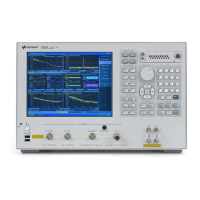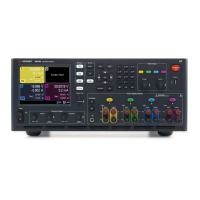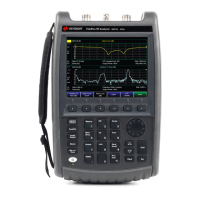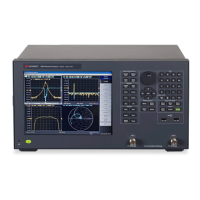The sample timing is not deterministic because the delay time (set with TRIGger:DELay) is inser-
ted after each sample completes. The actual time required to take each sample depends on the
integration time and autoranging time. In this case, the SAMPle:TIMer command has no effect.
l TIMer - The first sample starts one trigger delay time after the trigger. However, the second sample
starts one sample interval after the start of the first sample, and so on:
The sample timing is deterministic because the start of each sample is determined by the
sample interval, set with the SAMPle:TiMer command (TRIGger:DELay affects only the start of
the first sample). Integration and autoranging affect the sampling time for each sample, but not
the sample interval as long as the sample interval is longer than the sampling time.
Remarks
l Applies only to the 34465A and 34470A.
l This command has no effect if the sample count is 1 (see SAMPle:COUNt).
l After setting the sample count, sample source, and the sample interval or trigger delay time, you must
place the instrument in the "wait-for-trigger" state using the INITiate or READ? command. A trigger is
not accepted from the selected trigger source (see TRIGger:SOURce command) until the instrument is
in the "wait-for-trigger" state.
l The instrument sets the sample source to "IMM" after a Factory Reset ( *RST command) or an instru-
ment Preset (SYSTem:PRESet command).
See Also
TRIGger:COUNt
TRIGger:DELay
TRIGger:SOURce
SAMPle:COUNt
SAMPle:TIMer
Keysight Truevolt Series Operating and Service Guide
309
SCPI Programming Reference
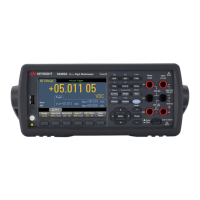
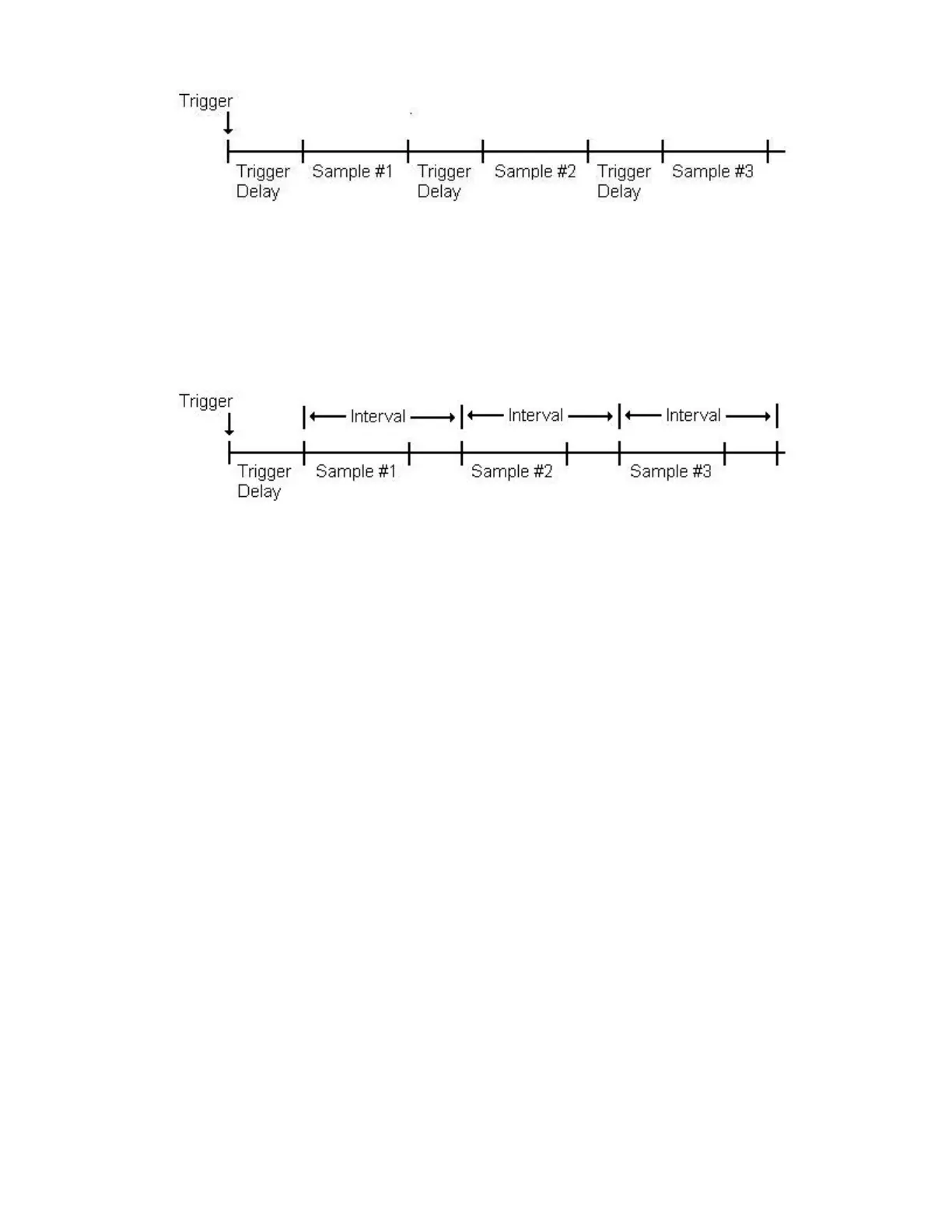